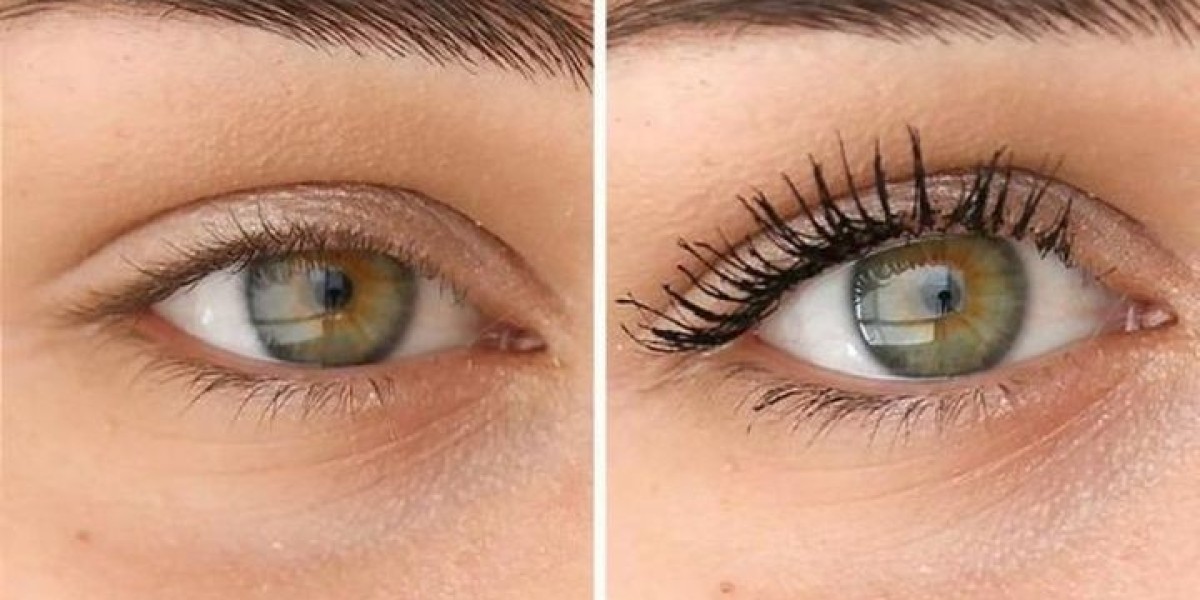Quick Door Repairs: A Comprehensive Guide
Doors are a vital part of any home, serving both practical and visual functions. With time, nevertheless, they can become worn, damaged, or inefficient, resulting in a series of concerns from drafts to security concerns. Thankfully, lots of composite door repair testimonials repairs can be handled quickly and efficiently with the right tools and methods. This guide supplies a comprehensive overview of typical door problems and how to resolve them, guaranteeing your doors stay in top condition.
Common Door Issues
- Sticking or Binding Doors
- Loose Hinges
- Damaged Locks
- Spaces and Drafts
- Broken Panels or Glass
- Worn Weatherstripping
Tools and Materials Needed
- Screwdriver (flathead and Phillips)
- Hammer
- Wood chisel
- Wood filler
- Sandpaper
- Paint or stain
- Weatherstripping
- Replacement hinges
- Lock repair package
- Glass repair kit
- Silicone sealant
Sticking or Binding Doors
Causes:

- Warping due to humidity
- Misaligned hinges
- Inflamed wood
Solutions:
Adjust Hinges:
- Loosen the hinge screws a little.
- Tap the door into place with a rubber mallet.
- Tighten the screws again.
Sand the Edges:
- Identify the sticking area.
- Gently sand the edges with fine-grit sandpaper.
- Rub out the dust and test the door.
Lubricate the Hinges:
- Apply a silicone-based lubricant to the hinges.
- Open and close the door a number of times to operate in the lube.
Loose Hinges
Causes:
- Overuse
- Poor installation
- Loose screws
Solutions:
Tighten the Screws:
- Use a screwdriver to tighten up all hinge screws.
- If the screws are removed, remove them and fill the holes with wood filler or a wooden matchstick.
- Reinsert the screws and tighten.
Replace the Hinges:
- If the hinges are seriously damaged, change them with brand-new ones.
- Make sure the new hinges match the existing ones in size and finish.
Damaged Locks
Causes:
- Wear and tear
- Forced entry
- Corrosion
Solutions:
Lubricate the Lock:
- Use a graphite or silicone-based lubricant to release up the system.
- Insert the secret and turn it numerous times to disperse the lube.
Replace the Lock:
- If the lock is beyond repair, replace it with a brand-new one.
- Follow the maker's directions for setup.
Gaps and Drafts
Causes:
- Worn weatherstripping
- Misaligned door frame
- Loose hinges
Solutions:
Replace Weatherstripping:
- Remove the old weatherstripping.
- Procedure and cut the new weatherstripping to fit.
- Install the new weatherstripping, guaranteeing it is snug and secure.
Change the Frame:
- Check for gaps around the frame.
- Use shims to change the frame and guarantee an appropriate seal.
Seal Gaps:
- Apply silicone sealant to any gaps around the door frame.
- Smooth the sealant with a putty knife and permit it to dry.
Broken Panels or Glass
Causes:
- Accidental damage
- Vandalism
- Old and breakable products
Solutions:
Replace the Panel:
- Remove the damaged panel.
- Measure and cut a new panel to fit.
- Set up the new panel and secure it with appropriate fasteners.
Repair or Replace Glass:
- Remove the broken glass thoroughly.
- Procedure and cut a brand-new piece of glass to fit.
- Install the new glass and secure it with glazing points and putty.
Used Weatherstripping
Causes:
- Age
- Sun direct exposure
- Climate condition
Solutions:
Inspect Regularly:
- Check the weatherstripping for indications of wear.
- Change it as required to maintain an airtight seal.
Select Quality Materials:
- Invest in high-quality weatherstripping that can endure the components.
- Think about products like silicone or EPDM rubber for durability.
FAQs
Q: How typically should I check my door hinges?A: It's a great concept to inspect your composite door repair FAQ hinges a minimum of as soon as a year, specifically if you reside in a humid or seaside location. Regular examinations can help you capture problems early and prevent more extensive damage.
Q: Can I repair a sticking door without eliminating it?A: Yes, oftentimes, you can change the hinges or sand the edges without getting rid of the door. Nevertheless, if the composite door repair FAQ is badly distorted or damaged, you may need to remove it for a more extensive repair.
Q: What kind of lubricant is best for door locks?A: A silicone-based lube is typically the finest choice for door locks. It provides a smooth, lasting solution without drawing in dirt or grime.
Q: How can I avoid spaces and drafts around my doors?A: Regularly check and change used weatherstripping, guarantee the composite door maintenance guide frame is appropriately aligned, and use silicone sealant to fill any gaps. Furthermore, keeping the composite door repair reviews and frame well-kept can help prevent problems from establishing.
Q: What should I do if my restore composite door lock is jammed?A: First, try lubricating the lock with a silicone-based lubricant. If that doesn't work, you might require to take apart the lock to clean and repair the system. If you're not comfortable doing this yourself, think about calling a professional locksmith.

Keeping and repairing your doors is vital for both the functionality and looks of your home. By addressing typical issues like sticking doors, loose hinges, and damaged locks, you can ensure your doors stay in top condition. Routine maintenance and prompt repairs can extend the life of your doors and save you money in the long run. With the right tools and methods, numerous door repairs can be managed rapidly and efficiently, keeping your home secure and comfortable.
By following the steps outlined in this guide, you can deal with a range of door problems and keep your home looking its finest. Whether you're a DIY enthusiast or a homeowner trying to find useful options, these ideas and tricks will assist you preserve your doors with self-confidence.






